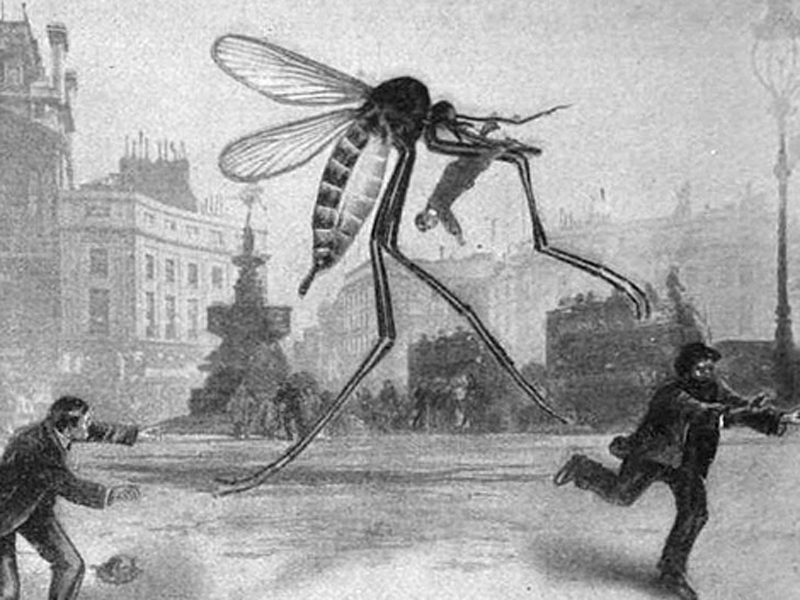Ross river virus infection rates in Victoria are the highest they have been in more than 10 years
Ideal breeding conditions for mosquitoes is thought to be driving an outbreak of locally acquired Ross River virus in Victoria, with infection rates the highest they have been in more than 10 years.
More than 1000 cases of the virus were reported between 1 January and 13 February with the majority of infections occurring in rural areas along the Murray River, including the Loddon Mallee and Hume regions and the towns of Wodonga, Shepparton, Bendigo, Mildura, Swan Hill and Castlemaine.
Ross River virus is rarer in Melbourne, however, although six cases have been detected in the southern Melbourne suburbs of Frankston and Casey since January.
“None of the people diagnosed with Ross River virus had travelled to areas where mosquitoes carrying the virus are usually found,” Victoria’s Chief Health Officer, Professor Charles Guest, said.
“Recent rain and relatively warm weather has created conditions ideal for mosquito breeding and we have seen a significant increase in mosquito numbers as a result,” he said.
The rate of Ross River virus is already 10 times higher than the previous outbreak in 2011, when 103 cases were recorded over the same period, according to a spokesperson from the Victorian Department of Health and Human Services.
“The increase in [Ross River fever infections] occurs intermittently,” Associate Professor Jason Mackenzie, a virologist at the University of Melbourne, said.
“[This] most likely reflects increased rainfall and mosquito numbers. An increase could also be related to increased urbanisation into marshlands as well.”
Rural and regional NSW has also seen a spike in Ross River infections, with the region from Albury to the central-west of the state reporting 264 cases since the start of December.
It usually takes three to nine days for Ross River virus symptoms to appear, but it may also take up to 21 days. Symptoms include joint swelling and pain, fatigue and muscle aches. These typically resolve after four to six months.
Patients suspected of having been infected should receive a blood test at first presentation and 14 days afterwards to look for seroconversion, according to Professor Guest.
While there is no treatment (other than medications to relieve symptoms) GPs can advise patients on prevention measures.
“Please advise patients that the best protection from mosquito-borne diseases is to avoid mosquito bites – use mosquito repellent containing picaridin or DEET, wear long and loose fitting clothing when outside, and ensure accommodation is mosquito proof,” Professor Guest said.
An increase could also be related to increased urbanisation into marshlands as well.
Health authorities are also anticipating an increase in other mosquito-borne viruses, including Barmah Forest virus, Sindbis virus, West Nile/Kunjin virus and Murray Valley encephalitis.


